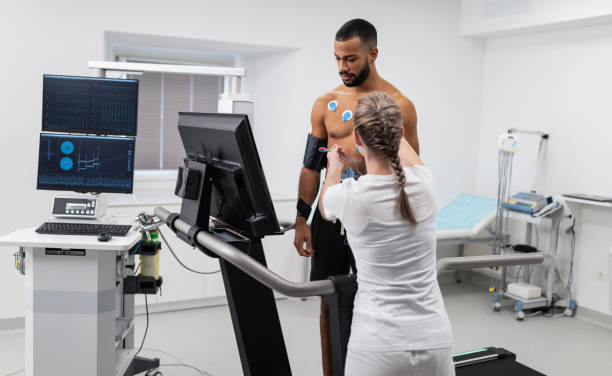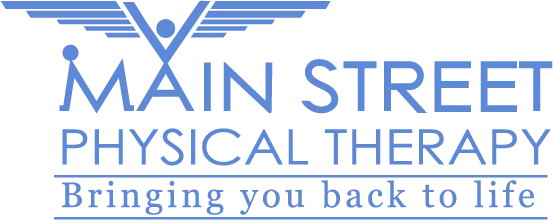Cardiac and Cardiovascular Physical Therapy
Introduction
Cardiac and cardiovascular physical therapy is an important part of recovery following heart issues like heart attacks, bypass surgery, stent placements, and heart failure. Physical therapists can help patients regain strength and endurance through customized exercise programs to improve heart health and quality of life.
What is Cardiac Physical Therapy?
Cardiac physical therapy focuses on safely returning patients to daily activities after a heart event like a heart attack. Therapists will assess a patient's cardiovascular system, strength, flexibility, and endurance levels. Based on this, they design an individualized plan emphasizing aerobic exercise and conditioning. Exercises may include walking on a treadmill, stationary cycling, or using an elliptical machine while monitoring heart rate and blood pressure.
Therapists also teach proper breathing techniques and provide education on risk factors like smoking, obesity, high blood pressure, and high cholesterol. Their goal is to minimize the chances of future cardiovascular issues. As the therapy progresses, workouts become more challenging while monitoring for symptoms like dizziness, chest pain, or shortness of breath. Once a patient can safely exert themselves, they are ready to return to regular life.
What is Cardiovascular Physical Therapy?
Cardiovascular physical therapy addresses issues affecting the heart and circulatory system more broadly. For example, therapists may work with patients who have had congestive heart failure, valve issues, vascular diseases affecting blood flow, or underwent coronary artery bypass grafting. Treatment aims to improve blood flow, manage symptoms, reduce risk factors, educate on medications and lifestyle changes.
Exercises target increasing endurance, flexibility, strength and tone in the cardiovascular system. Different techniques may include:
- Aerobic exercises like walking, cycling, or water aerobics to boost heart efficiency and endurance
- Resistance training with bands or weights to enhance overall strength that supports the circulatory system
- Stretching and range of motion work to improve flexibility in the chest area post-surgery
- Balance exercises to minimize risk of falls that could cause stress on the heart
- Breathing techniques for relaxation and reducing stress levels
Therapists customize treatment plans based on each patient's abilities, goals, and any activity limitations from their condition. Medication management and lifestyle coaching are also incorporated into a holistic cardiac rehab approach.
Monitoring Progress in Therapy During the course of cardiac or cardiovascular physical therapy, therapists closely monitor patients for safety and results. Regular assessments track improvements in:
- Heart rate, blood pressure, and exertion tolerance during workouts
- Symptom frequency and intensity like chest pain, fatigue, or shortness of breath
- Functional capacity measured by walking tests, stress tests or activity levels
- Strength, flexibility and balance capabilities compared to starting levels
- Quality of life factors through surveys on mood, daily activities and support system
Feedback from monitoring guides adjustments in treatment plans to optimize progress each session. Patients are empowered with self-management skills and resources before graduating therapy upon meeting their personalized goals. With diligent cardiac and cardiovascular rehab, most individuals can return to daily routine with a reduced risk of future cardiac events.
Conclusion
In conclusion, cardiac and cardiovascular physical therapy is a key component of recovery from heart issues. Specialized therapists design evidenced-based programs tailored for each individual. Through close monitoring and supervision during customized exercises, therapists safely guide patients towards regaining strength, function and confidence after cardiac events. Ongoing cardiac rehab plays a vital role in long-term heart health and disease prevention.

